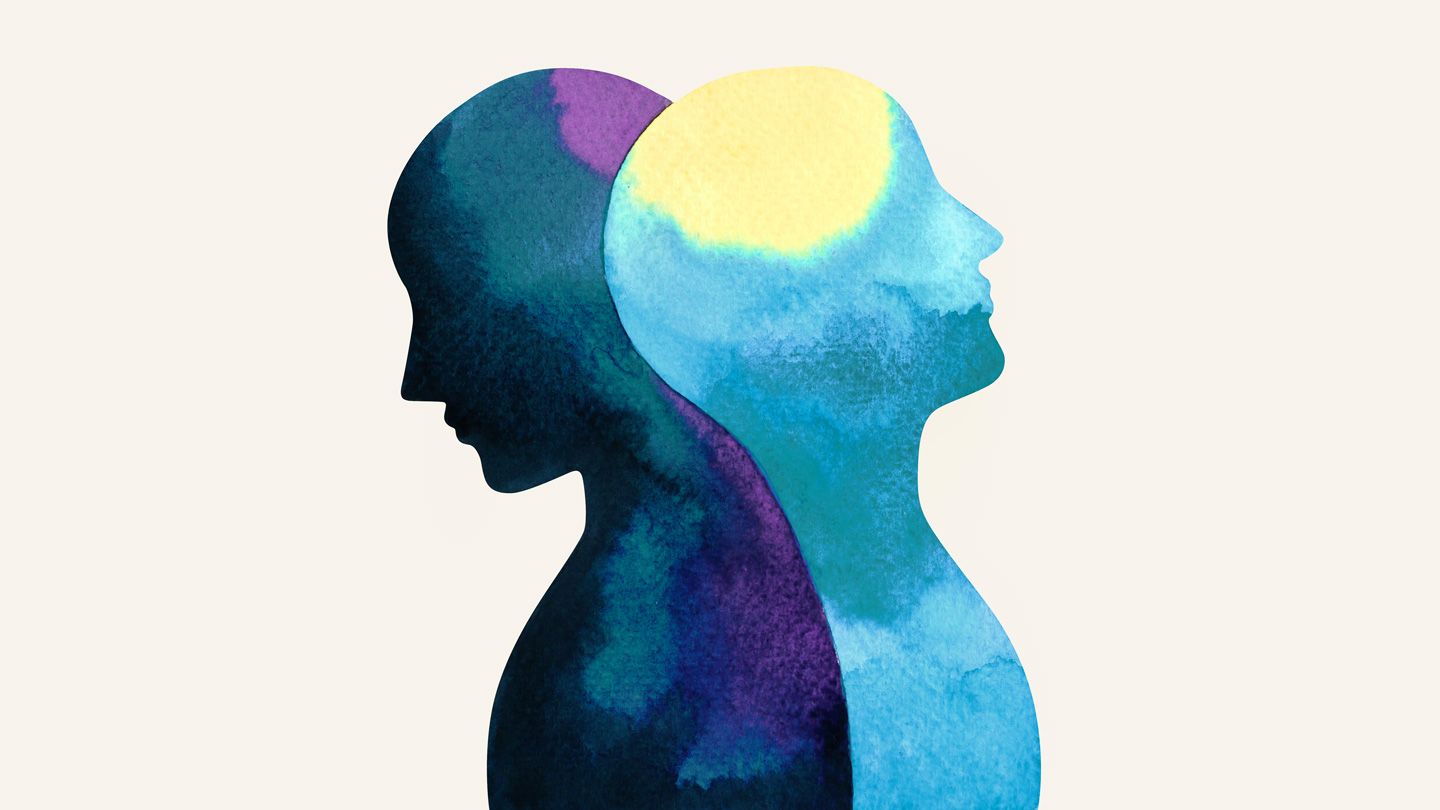Bipolar Disorder, often misunderstood as just mood swings, is a complex mental health condition that profoundly impacts the lives of those affected. This post aims to demystify bipolar disorder, providing a comprehensive understanding of its nuances and realities.
What Is Bipolar Disorder? Bipolar Disorder is a mental health condition characterized by extreme mood swings, including emotional highs (mania or hypomania) and lows (depression). These mood swings are more intense and disruptive than typical mood changes and can significantly impact daily life and functioning.
How Common Is Bipolar Disorder? Bipolar Disorder affects millions worldwide, transcending cultural, racial, and socioeconomic boundaries. It usually develops in late adolescence or early adulthood, affecting both men and women. Its prevalence underscores the need for widespread awareness and understanding.
Understanding The Different Types Of Bipolar Disorder
- Bipolar I Disorder: Characterized by manic episodes lasting at least seven days or by manic symptoms so severe that immediate hospital care is needed. Depressive episodes also occur, typically lasting at least two weeks.
- Bipolar II Disorder: A pattern of depressive episodes and hypomanic episodes, but not the full-blown manic episodes described above.
- Cyclothymic Disorder: A milder form involving numerous periods of hypomanic symptoms and periods of depressive symptoms lasting for at least two years.
Symptoms and Warning Signs The symptoms of bipolar disorder can vary, but they often include:
- For Mania/Hypomania: Increased energy, euphoria, inflated self-esteem, decreased need for sleep, talkativeness, racing thoughts, distractibility, and sometimes poor decision-making.
- For Depression: Low mood, lack of energy, feelings of hopelessness, insomnia or oversleeping, loss of interest in activities, changes in appetite, and thoughts of death or suicide.
Potential Causes and Risk Factors The exact cause of bipolar disorder is unknown, but several factors may contribute:
- Genetic Predisposition: A higher risk if a family member has the disorder.
- Brain Structure and Function: Brain scans suggest differences in the brain structure and function of those with bipolar disorder.
- Environmental Factors: Stressful life events, trauma, and abuse may trigger the condition or exacerbate symptoms.
Treatment and Management Treatment typically involves a combination of medication and psychotherapy. Medications like mood stabilizers, antipsychotics, and antidepressants help manage symptoms. Psychotherapy provides strategies to cope with the disorder, understand patterns, and improve relationships.
Living with Bipolar Disorder Living with bipolar disorder requires understanding and managing the condition:
- Regular therapy sessions.
- Medication adherence.
- Lifestyle modifications like regular exercise, a healthy diet, and adequate sleep.
- Building a strong support network.
Breaking Down the Stigma Stigma around Bipolar Disorder Treatment NJ can lead to misunderstanding and discrimination. Breaking down these barriers requires education, open conversation, and listening to the experiences of those living with the disorder.
Conclusion: Bipolar Disorder is more than just mood swings; it's a complex condition requiring empathy, understanding, and proper management. Through awareness and support, individuals with bipolar disorder can lead fulfilling lives.
Call to Action: Share this post to spread awareness and understanding of bipolar disorder. If you or someone you know is struggling, reach out to mental health professionals for support and guidance.





